In recent years, artificial intelligence has promised to revolutionize creative industries, offering tools that can seemingly produce original art, stories, and multimedia with minimal human intervention. Google’s introduction of the “Storybook” feature within its Gemini AI chatbot exemplifies this trend—an attempt to democratize storytelling by translating simple prompts into illustrated narratives. Yet, beneath its polished facade lies a disquieting reality: the AI’s capabilities are still profoundly limited, often producing outputs that are as jarring as they are uninspired. While the prospect of instant storytelling is enticing, the underlying imperfections expose a broader issue—AI’s inability to genuinely grasp and replicate human artistic vision, especially when it matters most.
The Flaws Lurking Behind the Promised Ease
Despite the alluring promise of creating personalized stories with a few descriptive words, the execution reveals many shortcomings. For instance, the AI occasionally generates bizarre visual anomalies—like a human arm inexplicably attached to a fish or a spaghetti sauce depicted as a grisly cartoon crime scene. Such errors highlight the inherent fragility of AI image synthesis, especially when tasked with nuanced or context-specific visual details. These glitches undermine the credibility of AI as a reliable tool for children’s content, which demands consistency, clarity, and a certain aesthetic harmony that the current technology cannot consistently deliver.
Moreover, the storytelling component itself often defaults to cliché or trivial narratives—such as a fish struggling to make friends or marbles being moved in a tank. While simplistic stories might suffice for casual entertainment, they fall short of fostering true engagement or emotional resonance, let alone inspiring meaningful creativity. The AI merely mimics the superficial aspects of storytelling—characters, basic plots—without understanding the deeper human elements that make narratives compelling. Essentially, it produces a sanitized, synthetic version of storytelling that lacks authenticity and depth.
The Illusory Power of Customization and User Input
Google’s effort to integrate user customization, such as uploading images or specifying art styles, aims to bridge the gap between machine output and human intention. However, this often results in disjointed or mismatched visuals—like characters with inconsistent appearances or illustrations that seem disconnected from the initial prompt. The AI’s inability to interpret and adapt nuanced artistic cues reflects a fundamental flaw: it is still operating within a narrow, pattern-recognition domain, rather than true creative understanding.
This disconnect becomes problematic when users expect AI to serve as a collaborative partner, translating their unique visions into art. Instead, what they encounter are often oversimplified or nonsensical renderings that betray the limitations of current machine learning models. The disappointment stems not solely from technical errors but from the larger illusion that AI can approximate human artistry—something it clearly cannot in its present state.
The Ethical and Cultural Implications of AI Art
Beyond practical shortcomings, the proliferation of AI-generated stories and images raises troubling questions about artistic authenticity and cultural value. Relying on algorithms to produce art reduces the complexities of human experience into mere data points—stripping away cultural nuance, emotional depth, and personal expression. For children’s stories in particular, this risks diluting the richness of storytelling traditions, substituting authentic human creativity with algorithmic shortcuts.
Furthermore, the commercialization and widespread adoption of AI art tools threaten to marginalize traditional artists and illustrators. As AI increasingly encroaches upon creative domains, society must confront whether it values genuine craftsmanship or is content to settle for superficial, machine-produced content. While AI may serve as a supplemental tool, its current limitations caution against embracing it as a true replacement for human imagination and skill.
Google’s “Storybook” is emblematic of our era’s techno-utopian dreams—promise of effortless, personalized creativity with a few clicks. Yet, it exposes the yawning gap between potential and reality. AI, in its current form, remains a clumsy imitator rather than a true artist, capable of producing entertainment that is often more unsettling than inspiring. For those of us who value genuine artistic expression and the cultural richness it fosters, reliance on such tools should be approached with skepticism. Instead of replacing human ingenuity, AI should be seen as a tentative step—a tool that needs careful regulation, critical oversight, and perhaps most importantly, a recognition of its profound limitations in capturing the essence of human creativity.
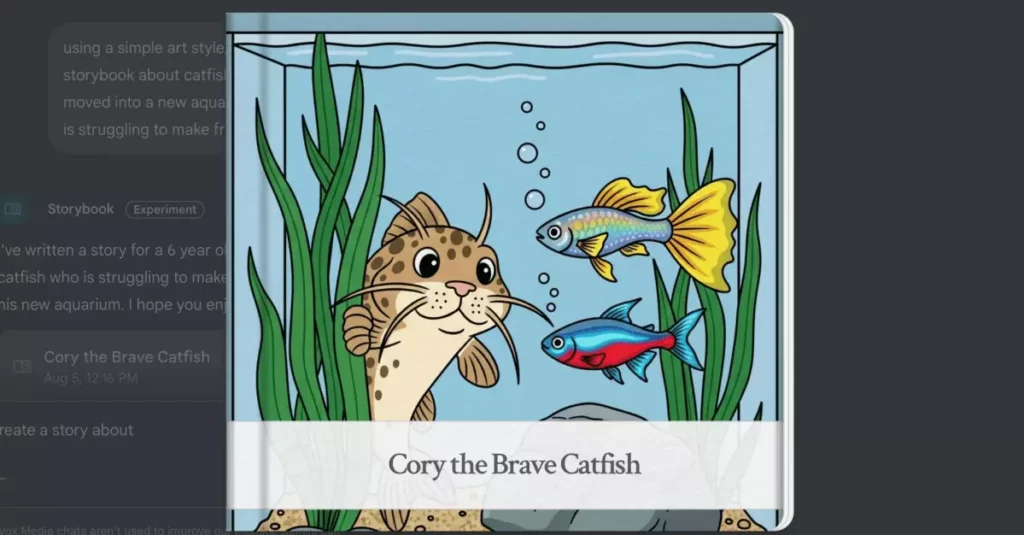

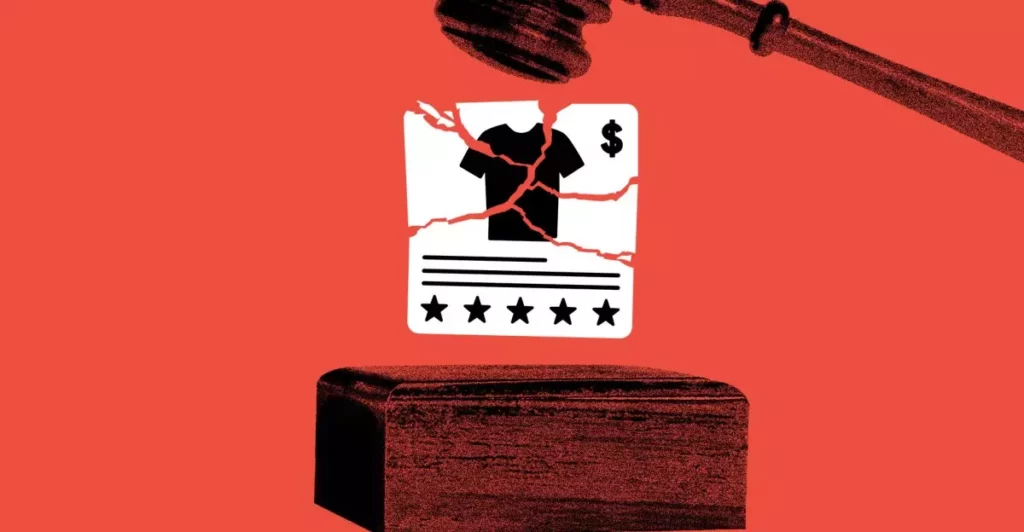

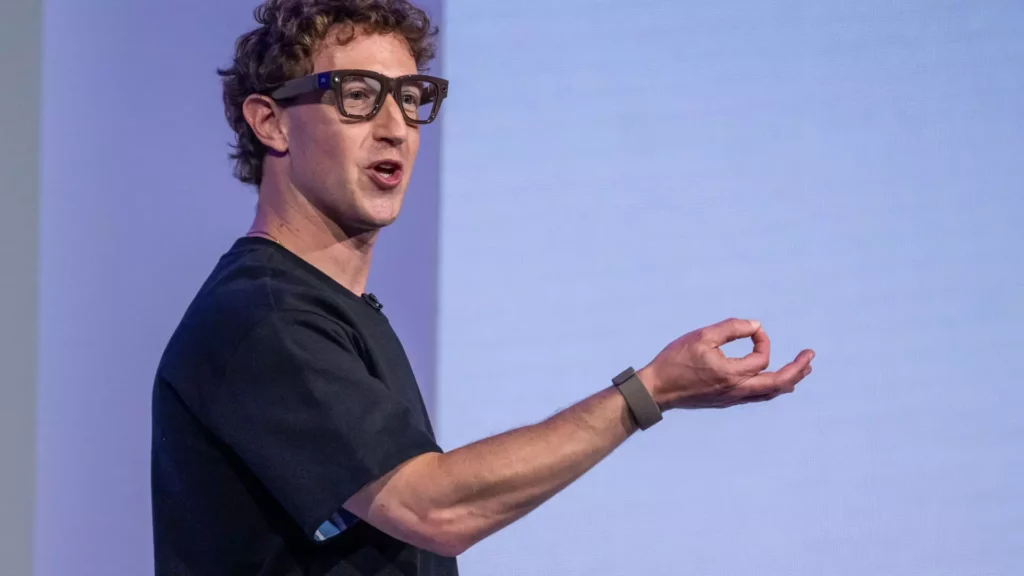

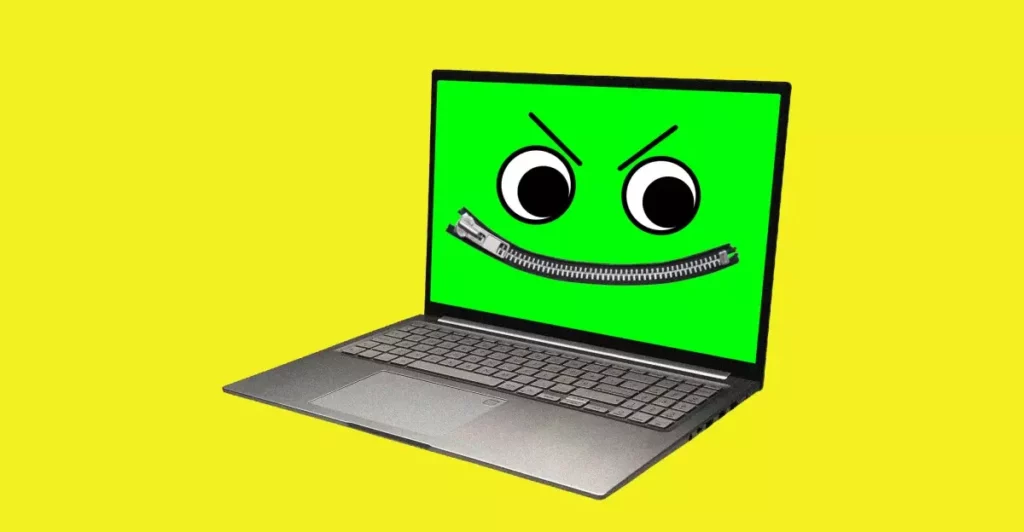
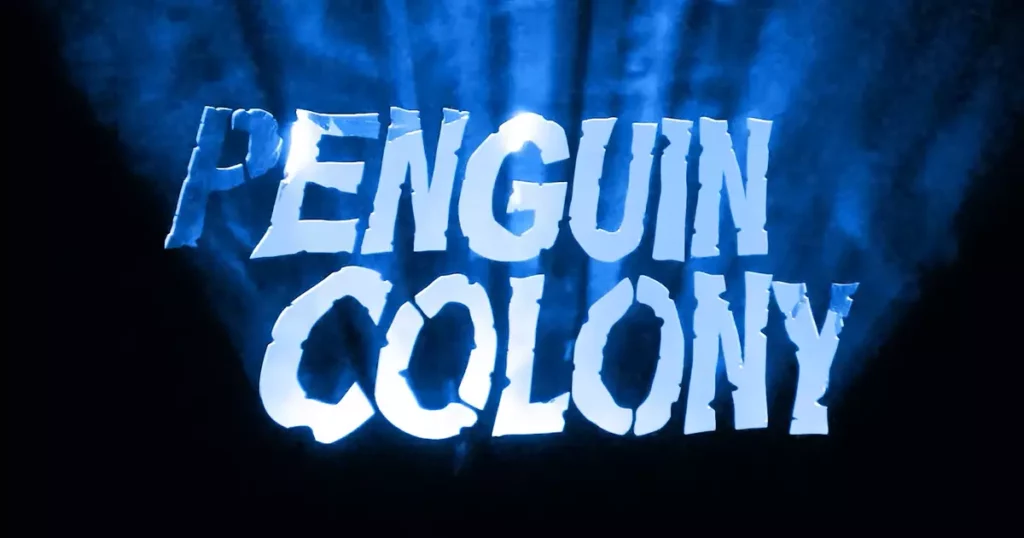

Leave a Reply